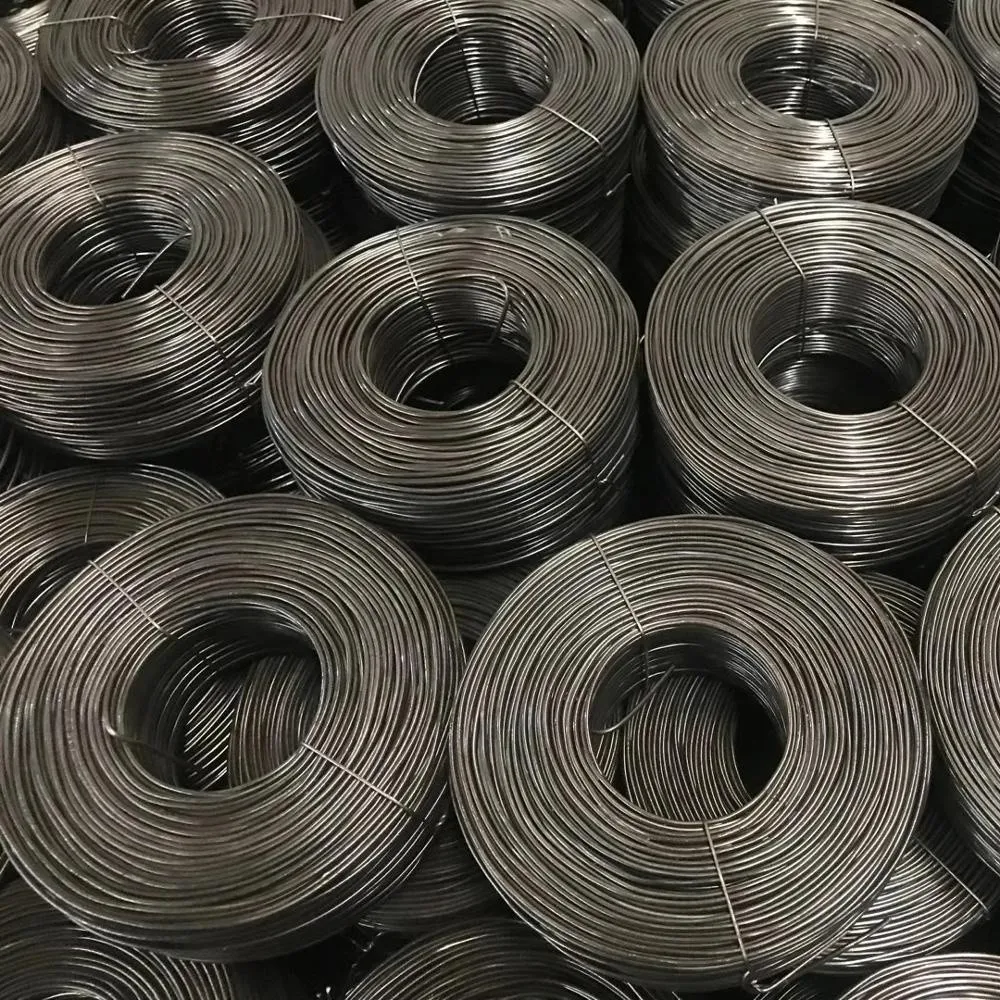umbrella roofing nails
Understanding Umbrella Roofing Nails The Essential Guide
When it comes to roofing projects, the choice of materials is crucial for ensuring durability, longevity, and safety. Among these materials, roofing nails play a pivotal role, and within that category, umbrella roofing nails have emerged as a popular option. But what exactly are umbrella roofing nails, and why should contractors and DIY enthusiasts consider using them?
What are Umbrella Roofing Nails?
Umbrella roofing nails are a specific type of fastener designed with a unique head shape that resembles an umbrella. Unlike traditional flat-headed nails, the umbrella head is wider and slightly flared, allowing for a more secure grip on roofing materials. This design feature is particularly beneficial for holding shingles and other roofing materials in place, effectively preventing them from lifting or coming loose due to wind or other environmental factors.
These nails are typically made from high-quality steel, which adds to their durability and resistance against rust and corrosion. In many cases, they come coated with materials such as galvanized zinc to enhance their longevity, especially in harsh weather conditions.
Advantages of Using Umbrella Roofing Nails
1. Enhanced Grip The umbrella-shaped head provides a larger surface area that helps to distribute the load more evenly across the roofing material. This helps in preventing any displacement over time, especially in windy or stormy conditions.
2. Reduced Risk of Damage When roofing underlayments are installed, using conventional nails can sometimes lead to punctures or tears in the material. The rounded design of umbrella nails minimizes this risk, making them a safer choice for sensitive materials.
umbrella roofing nails

3. Easy Installation These nails are designed for easy application. Many contractors prefer using pneumatic nail guns with umbrella roofing nails, which speeds up the installation process while maintaining effectiveness and precision.
4. Versatility Umbrella roofing nails are not only effective for roofing shingles; they can also be used for various other materials, including felt underlayment, plastic sheeting, and even siding. This versatility makes them a go-to choice for many roofing projects.
5. Cost-Effectiveness Though slightly more expensive than traditional nails, their durability and performance can lead to lower costs in the long run. Reduced chances of leaks and repairs mean that homeowners can save money on maintenance over time.
When to Use Umbrella Roofing Nails
Umbrella roofing nails are particularly useful in specific scenarios. For instance, in regions prone to severe weather conditions such as heavy rain or strong winds, the added grip and protection offered by these nails can be crucial. Additionally, when installing lighter roofing materials, or when using roof decks that may be more prone to lifting, umbrella roofing nails can provide the extra security needed.
Furthermore, DIY projects involving roofing repairs or replacements can benefit significantly from umbrella nails due to their forgiving nature when it comes to installation, making them user-friendly for non-professionals as well.
Conclusion
In conclusion, umbrella roofing nails are an outstanding choice for anyone involved in roofing projects. Their unique design not only ensures a secure hold but also protects roofing materials from damage, enhancing the overall integrity of the roof. While they may represent a slightly higher initial investment, the long-term benefits, such as reduced maintenance costs and increased durability, make them an attractive option. Whether you're a seasoned contractor or a DIY enthusiast, considering umbrella roofing nails for your next project could lead to better results and peace of mind for years to come.
-
Space-Saving Chain Fence Hacks Vertical Gardening with Cyclone MeshNewsJul.16,2025
-
Innovations in Iron Nail Wire Production for Modern ConstructionNewsJul.16,2025
-
Creative Uses of Wire Netting Fence in Modern Landscape DesignNewsJul.16,2025
-
Barbed Wire Fence Innovations in Anti-Climb TechnologyNewsJul.16,2025
-
Architectural Uses of Umbrella Nails for Aesthetic Roof DesignsNewsJul.16,2025
-
Architectural Uses of Razor Barbed Wire in Secure Urban DesignNewsJul.16,2025




